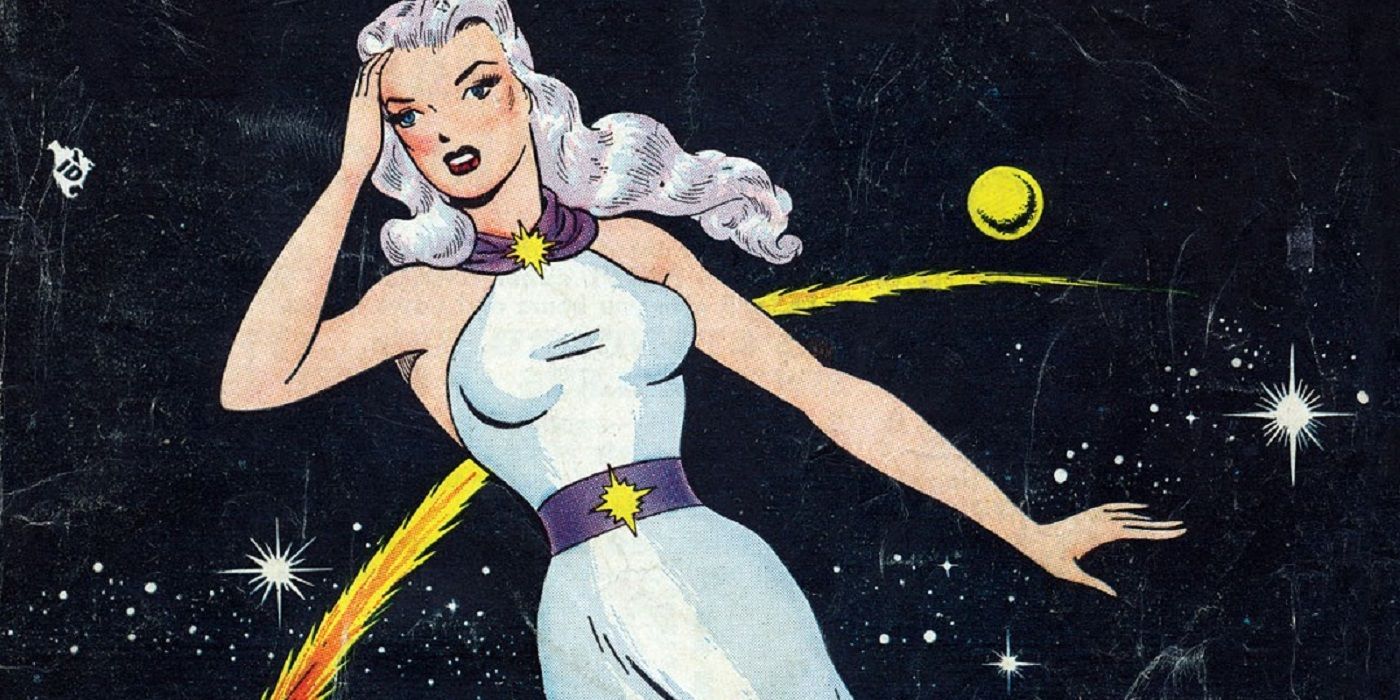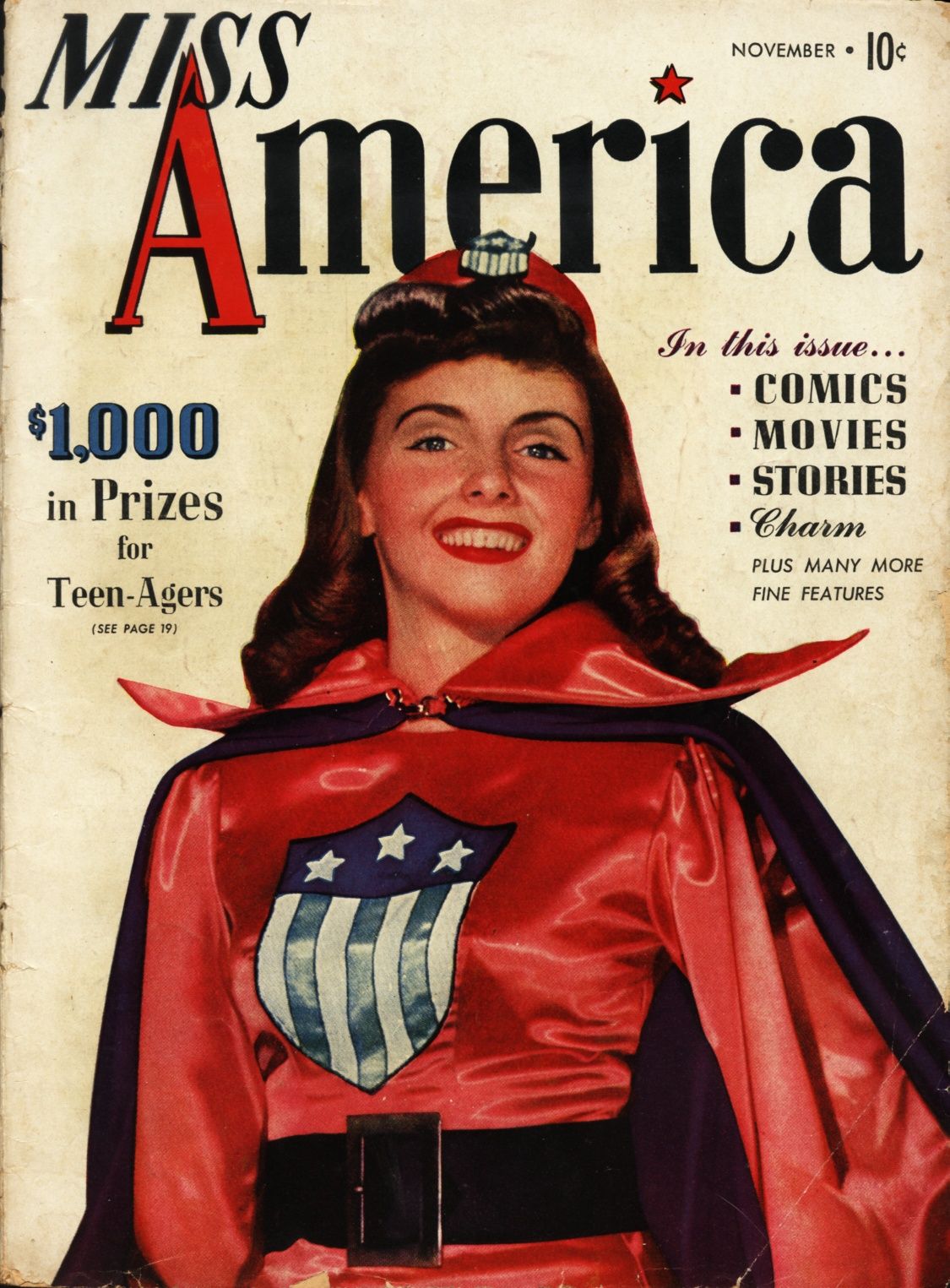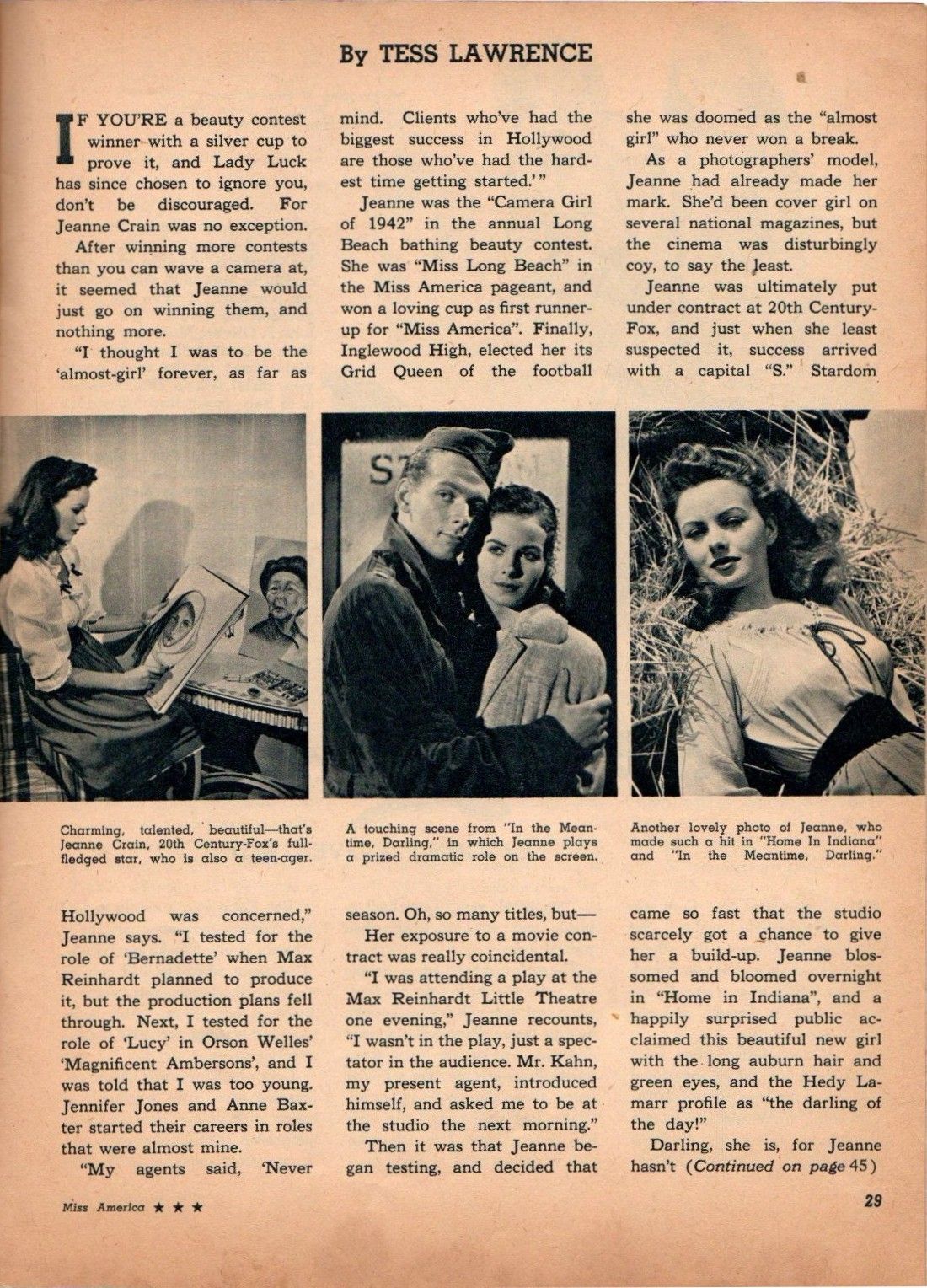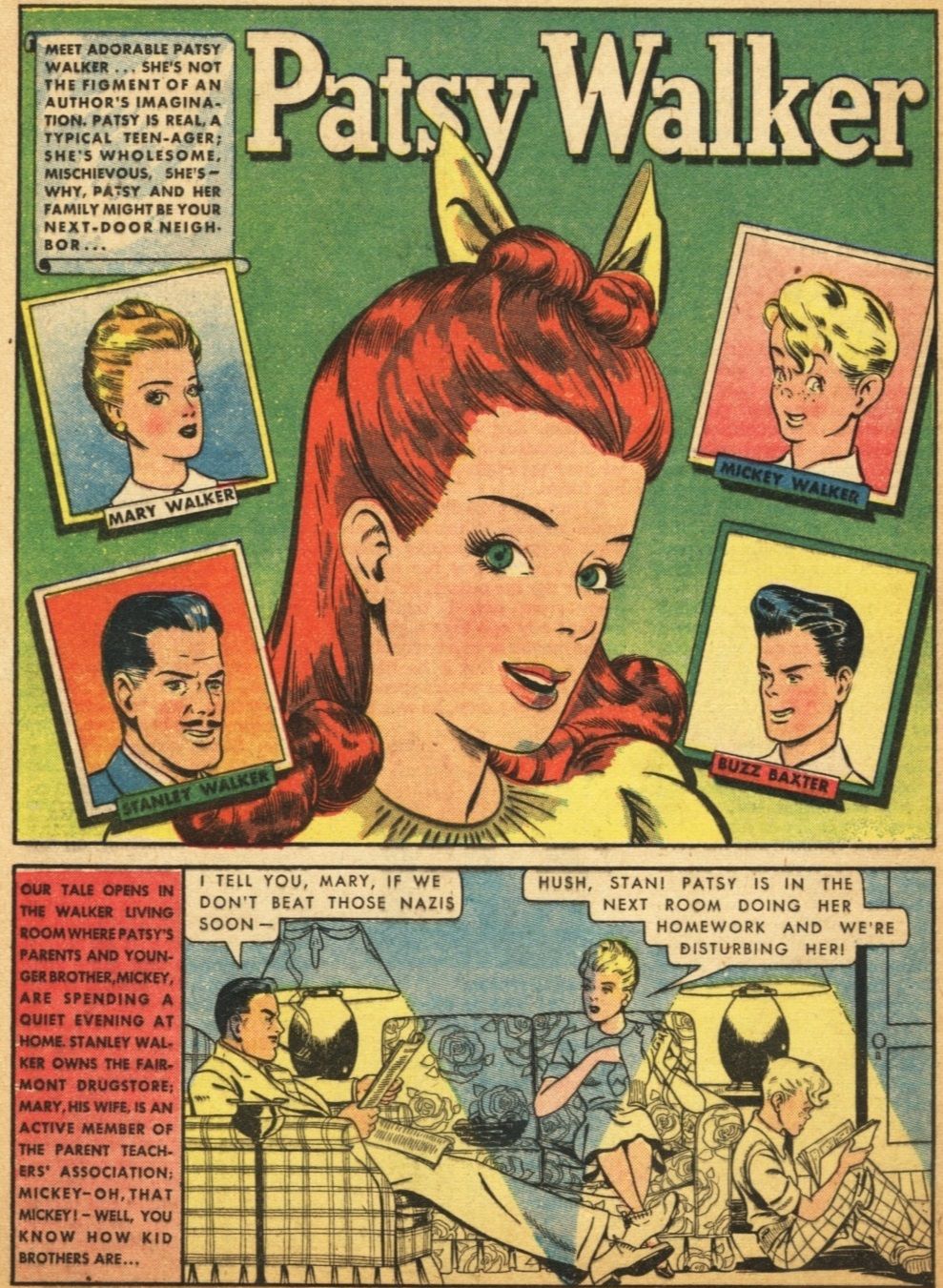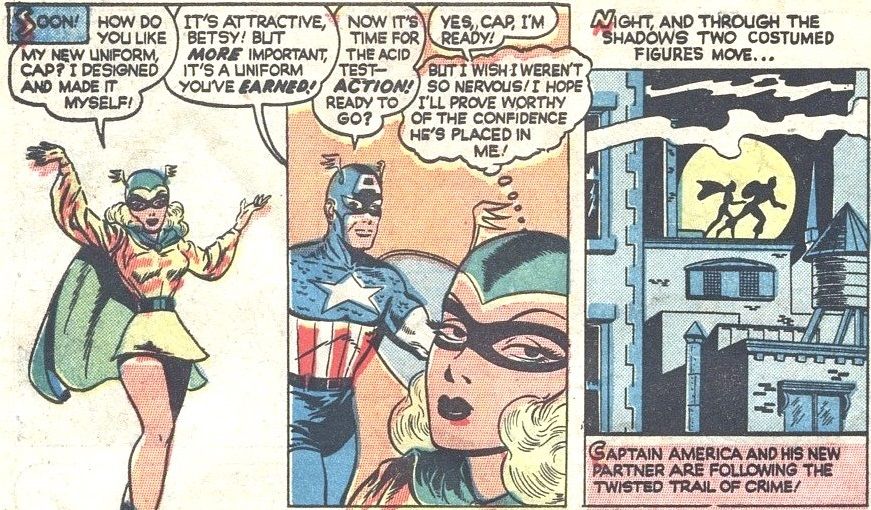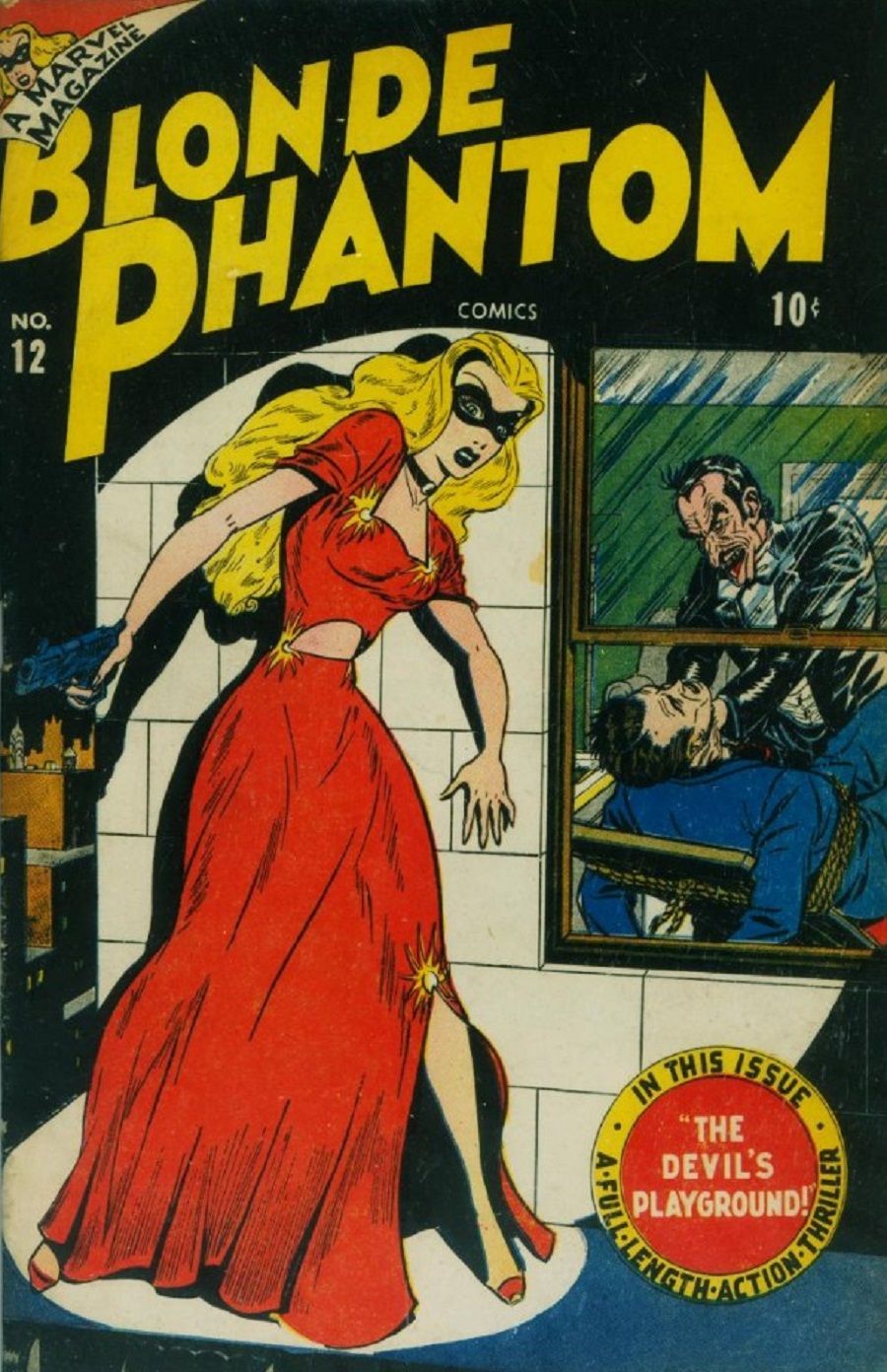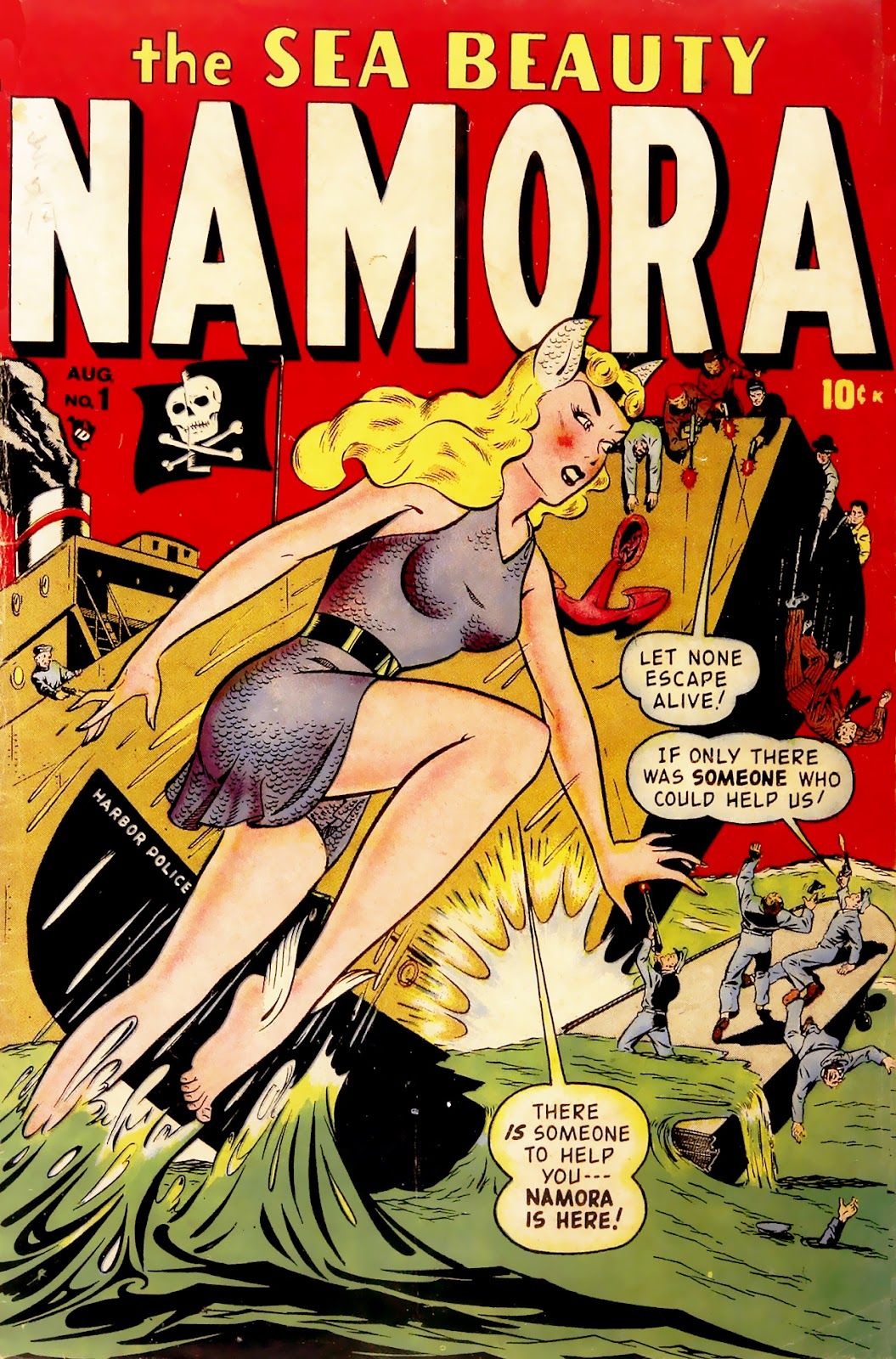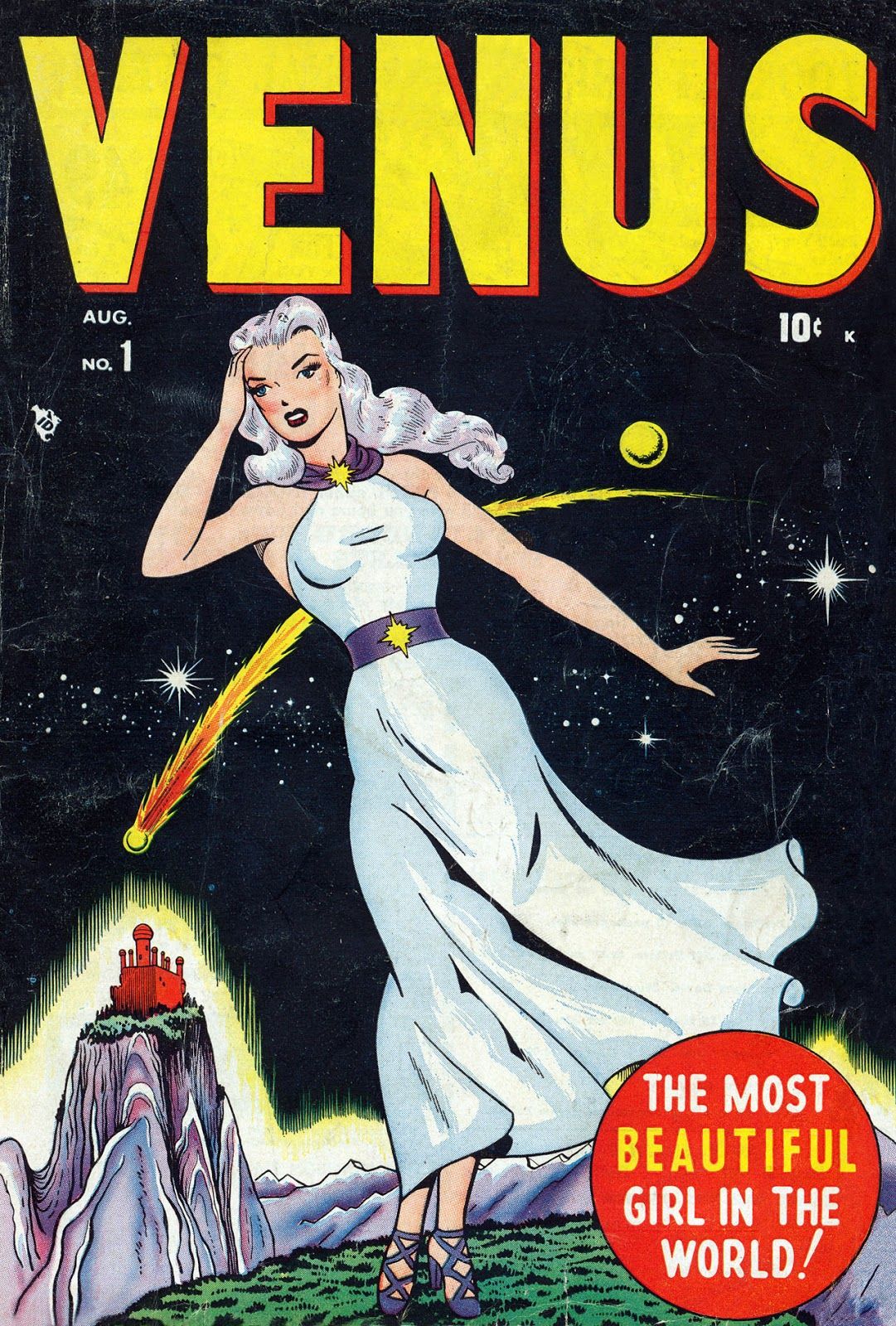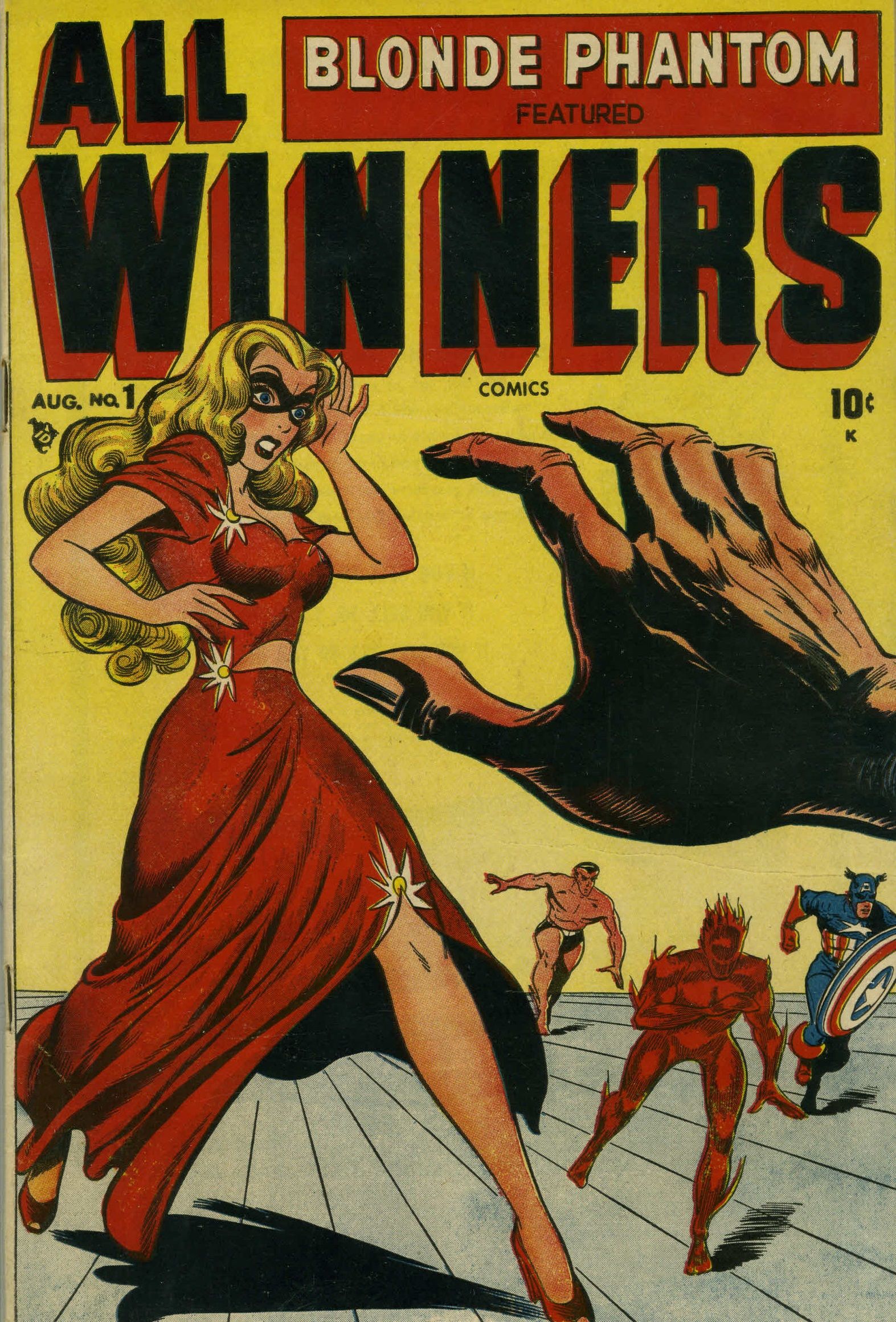In every Look Back, we examine a comic book issue from 10/25/50/75 years ago (plus a wild card every month with a fifth week in it). This time around, we had back fifty years to May 1973 for the introduction of the Archie Comics Digest.
A truism about comic book history is that when one comic book company begins to have success with an idea, then the other companies try to follow suit with their own versions of that same idea. This isn't even always just when comic book companies have successes, of course, as the same thing is true when movies or TV have hits, then comic book companies will often try to do comic book versions of those hit TV shows and/or movies. For a particularly notable (and amusing) example of this monkey-see/monkey-do behavior, look no further than the hit Andy Hardy films of the 1930s and 1940s about a "teen everyman" that turned Mickey Rooney into one of the world's biggest movie stars. So MLJ Comics then came out with its own version of Andy Hardy, Archie Andrews, and when Archie became a success, every other comic book company launched its own Archie knockoff.
However, sometimes, comic book companies had to at least TRY something out before the other companies. Like, somebody had to be the FIRST one to try to adapt Andy Hardy, after all? Early in 1948, Marvel launched one of the first Western comic books, for instance. In May 1948, though, Marvel also tried to launch a new line of FEMALE superheroes!
What was Marvel like, in terms of a female audience, in 1948?
In 1944, Marvel launched a female-centric magazine, Miss America #2 (which had launched as a traditional superhero comic in the first issue). It had a photo cover featuring "Miss America" was on top...
With a lead Miss America comic story, but then the rest of the comic was short stories and magazine articles on celebrities, like Jeanne Crain...
The only other comic book story occurred at the end of the magazine, where Stuart Little (husband to Bea Little, the editor on the comic book) and Ruth Atkinson (one of the top female artistic talents of the Golden Age) introduced Timely's answer to Archie Andrews, a female version named Patsy Walker!
Earlier in 1948, Timely replaced Captain America's partner, Bucky, with a new female partner, Golden Girl, after Bucky was shot by a villain, and the supporting character, Betty Ross, was trained by Captain America to become his new sidekick while, of course, with Cap not telling her what his secret identity was..
Timely also had a new female superhero comic series called the Blonde Phantom, whose titlular hero debuted in All-Select Comics #11 in 1946, and was so well-received by Timely management that she quickly took over All-Select Comics as her own comic with the next issue...
Note the "Marvel Magazine" bit on the title. As I've said a few times over the years, what we call "Timely Comics" is just a name we've all decided to use to describe Martin Godman's 1940s comic books, just like how Atlas is used for the 1950s. Those names were never official. Goodman used many names, those were just very commonly used names. The company really was just "Martin Goodman's comic book company."
How did Timely launch a female-centric superhero line?
While the sales on Timely's superhero comics were faltering After World War II, Martin Goodman noticed that sales on a fairly recent hero, the Blonde Phantom, were doing pretty well. Goodman was quick to try pretty much anything if he thought it could sell, launching and quickly canceling numerous titles. So in 1948, Goodman decided to make a big push for that girl market that he thought they had via Miss America, Patsy Walker and the Blonde Phantom, by launching a series-wide push for female superheroes!!
There was Namora, cousin of Namor...
who got her own title (written and drawn by Namor creator, Bill Everett, who had returned to the Namor series after being gone for a few years) AND was a prominent guest star in Namor's title. There was Golden Girl, of course.
And then there was the only non-Big Three related hero, Venus, who was the most successful of the group, lasting 19 issues between 1948 and 1952...
In addition, Blonde Phantom's presence was increased in 1948, as well, as she had back-up features in a few of the new female-led comics, and she was the lead feature in a new volume of All-Winners Comics #1, also released in May 1948.
Next month we'll look at the intriguing addition of Sun Girl to the lineup (while also asking the question, "Who the heck is Sun Girl?").
Sadly, Namora was canceled after 3 issues, and by the beginning of the 1950s, Timely's superhero line was pretty much toast, and when the characters were revived for a short period in the 50s under the new company name of Atlas Comics (where Cap became a COMMIE SMASHER!), only Namora stuck around in the pages of the Sub-Mariner, and that revival was quite short-lived. When the Marvel Age of comics was launched in 1961, only Namora was brought back again, and Namora was killed off fairly quickly.
Luckily, in the 21st Century, both Namora and Venus were brought back by Jeff Parker for his excellent Agents of Atlas comic book series starring Marvel's older superheroes.
If you folks have any suggestions for June (or any other later months) 2013, 1998, 1973 and 1948 comic books for me to spotlight, drop me a line at brianc@cbr.com! Here is the guide, though, for the cover dates of books so that you can make suggestions for books that actually came out in the correct month. Generally speaking, the traditional amount of time between the cover date and the release date of a comic book throughout most of comic history has been two months (it was three months at times, but not during the times we're discussing here). So the comic books will have a cover date that is two months ahead of the actual release date (so October for a book that came out in August). Obviously, it is easier to tell when a book from 10 years ago was released, since there was internet coverage of books back then.

